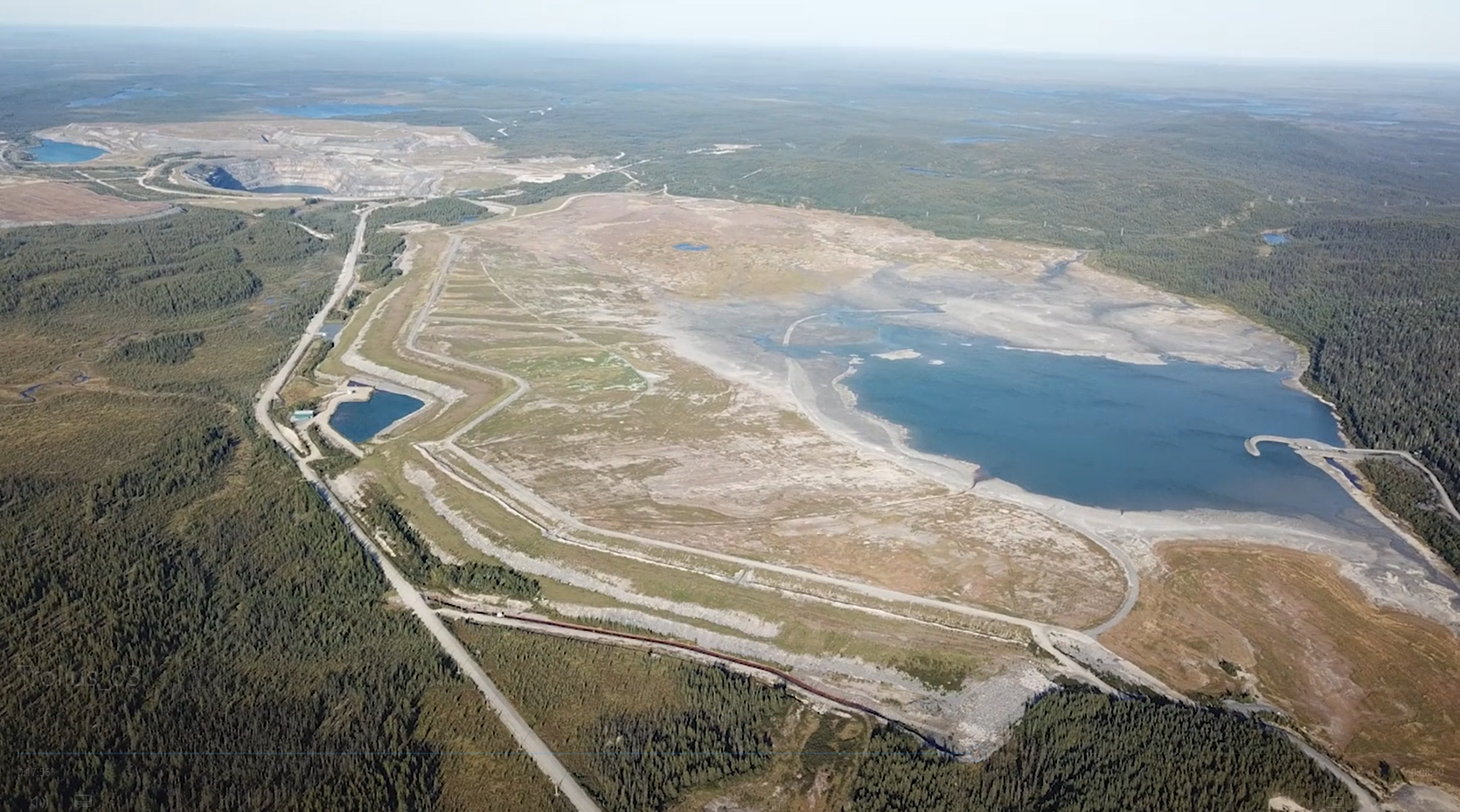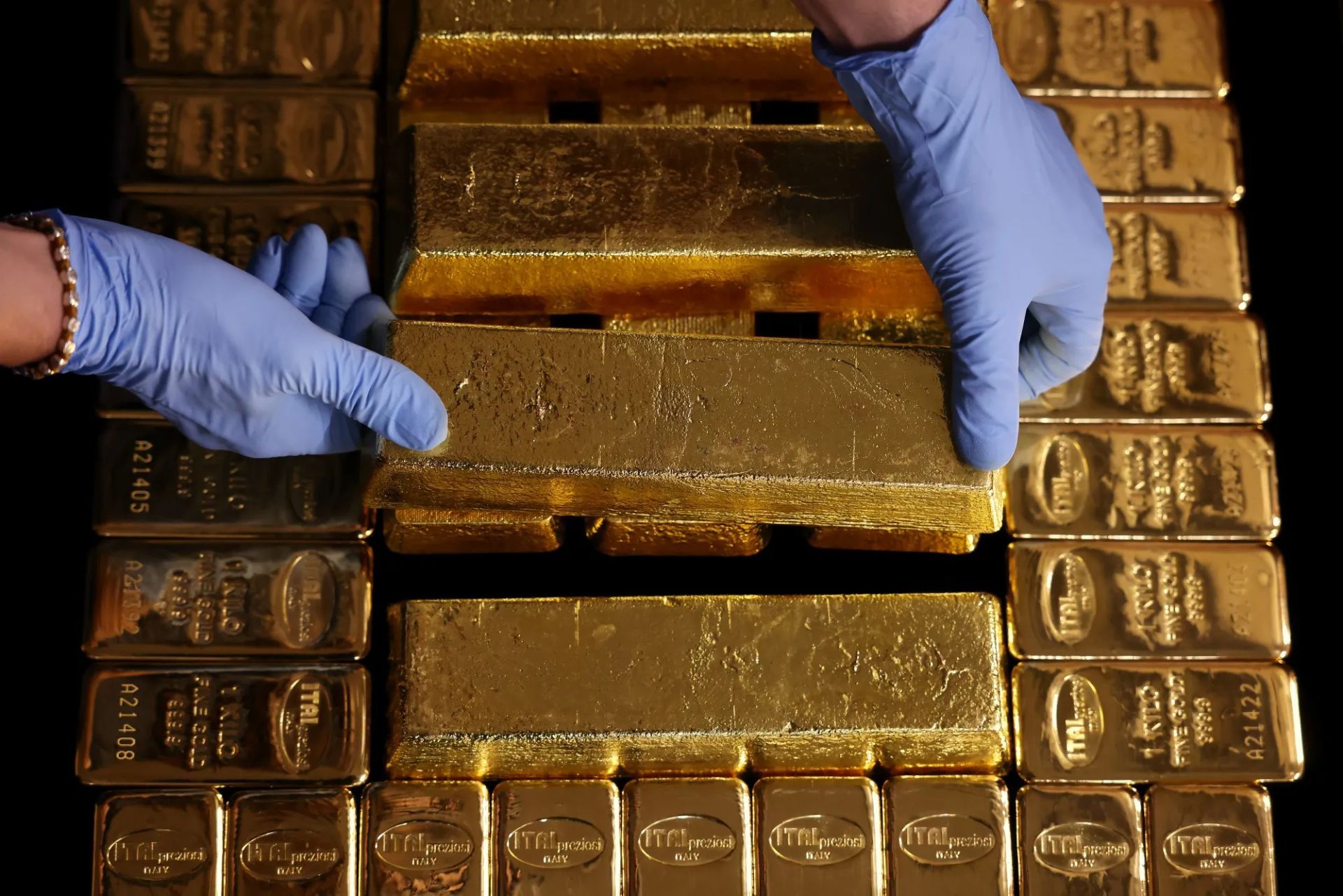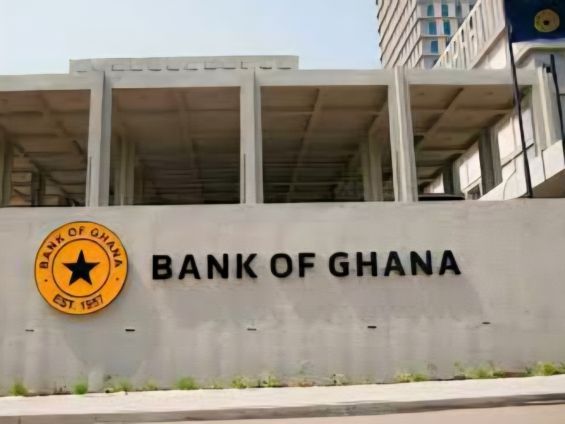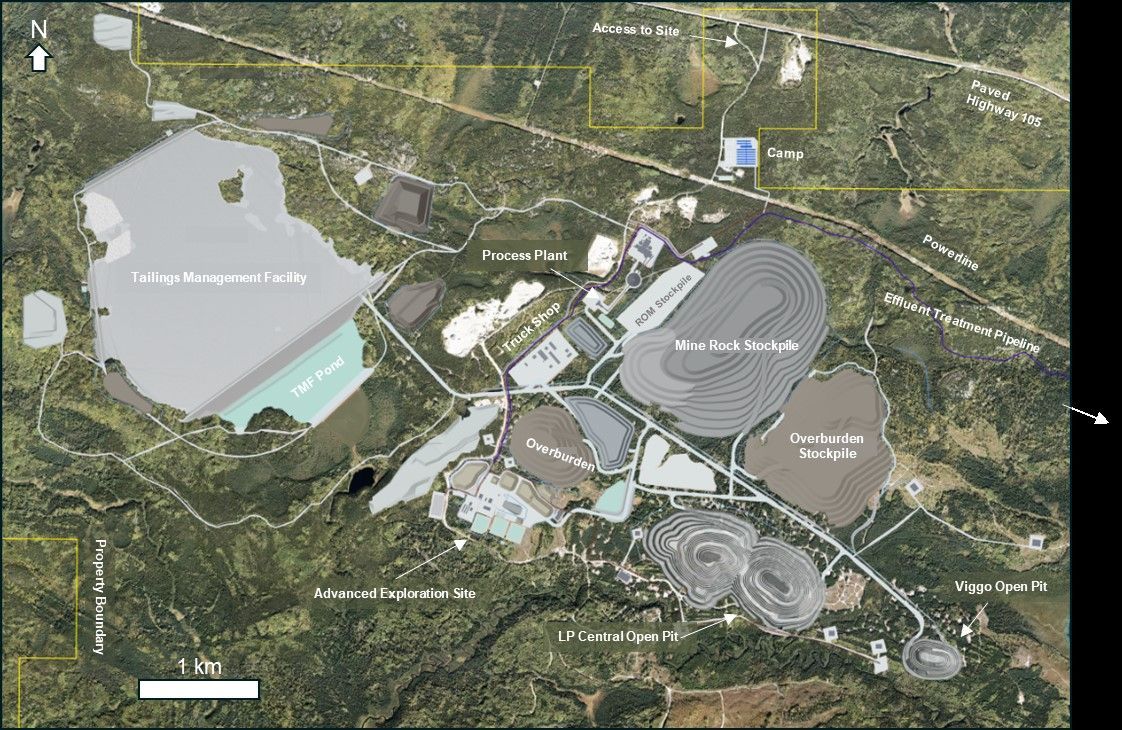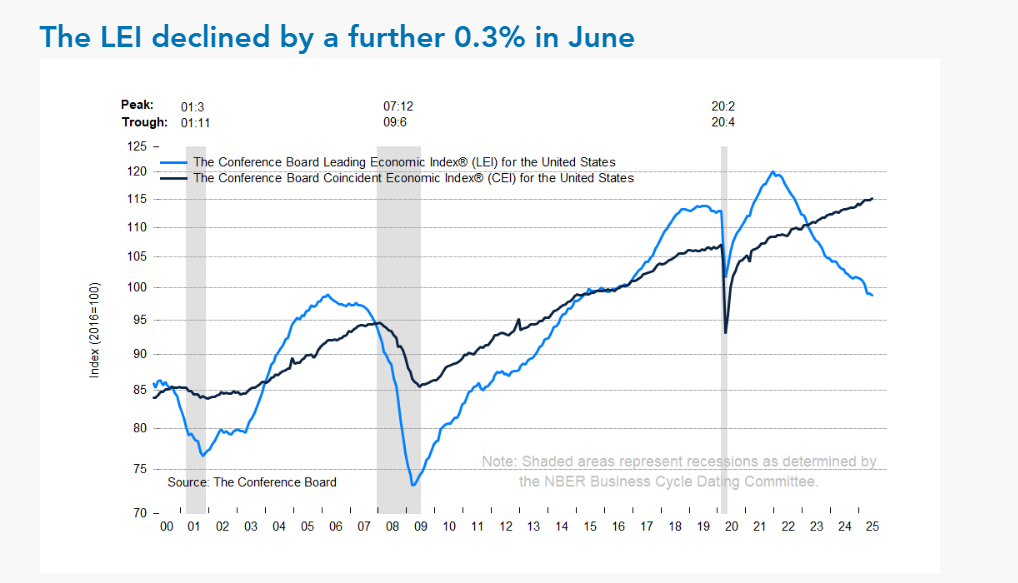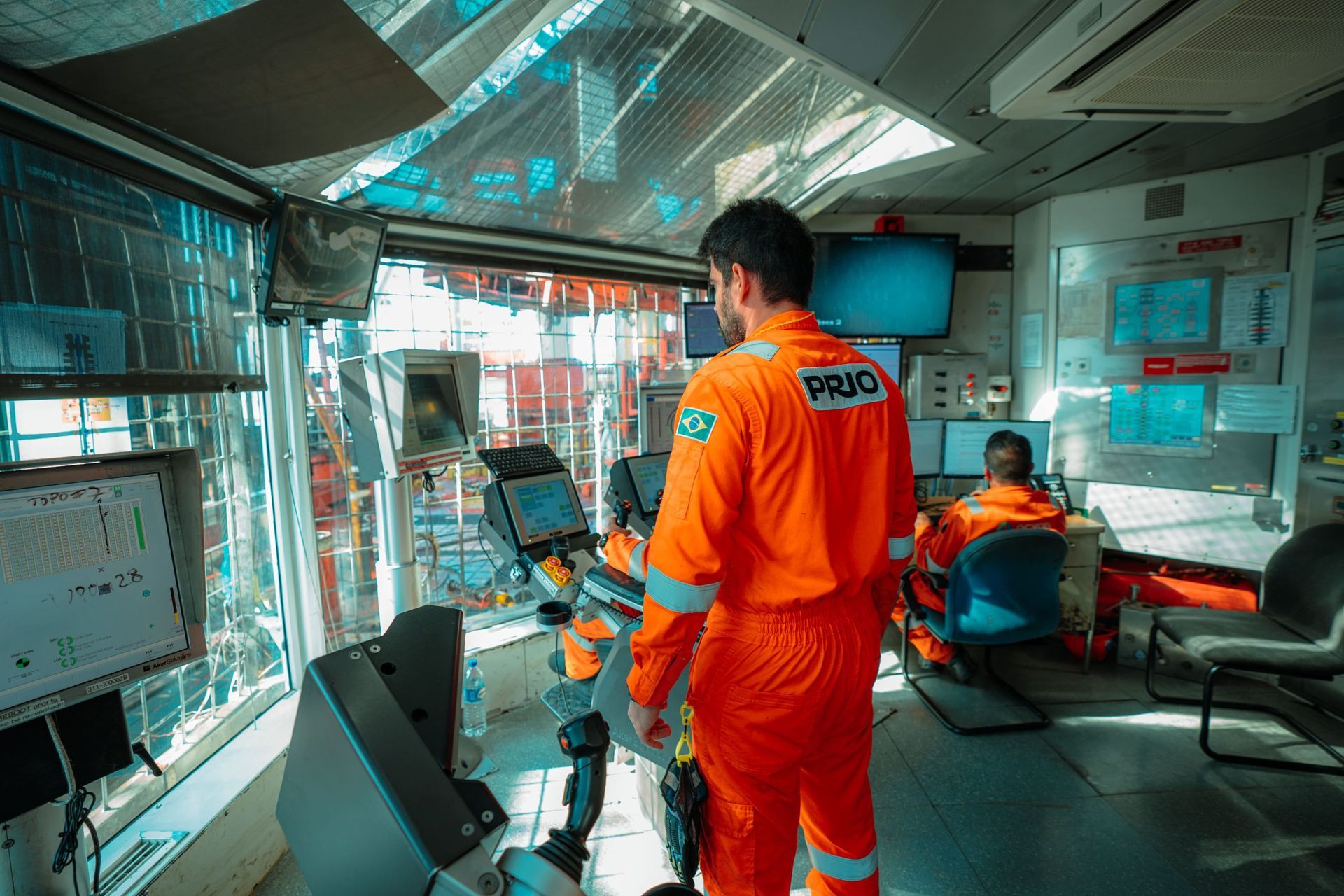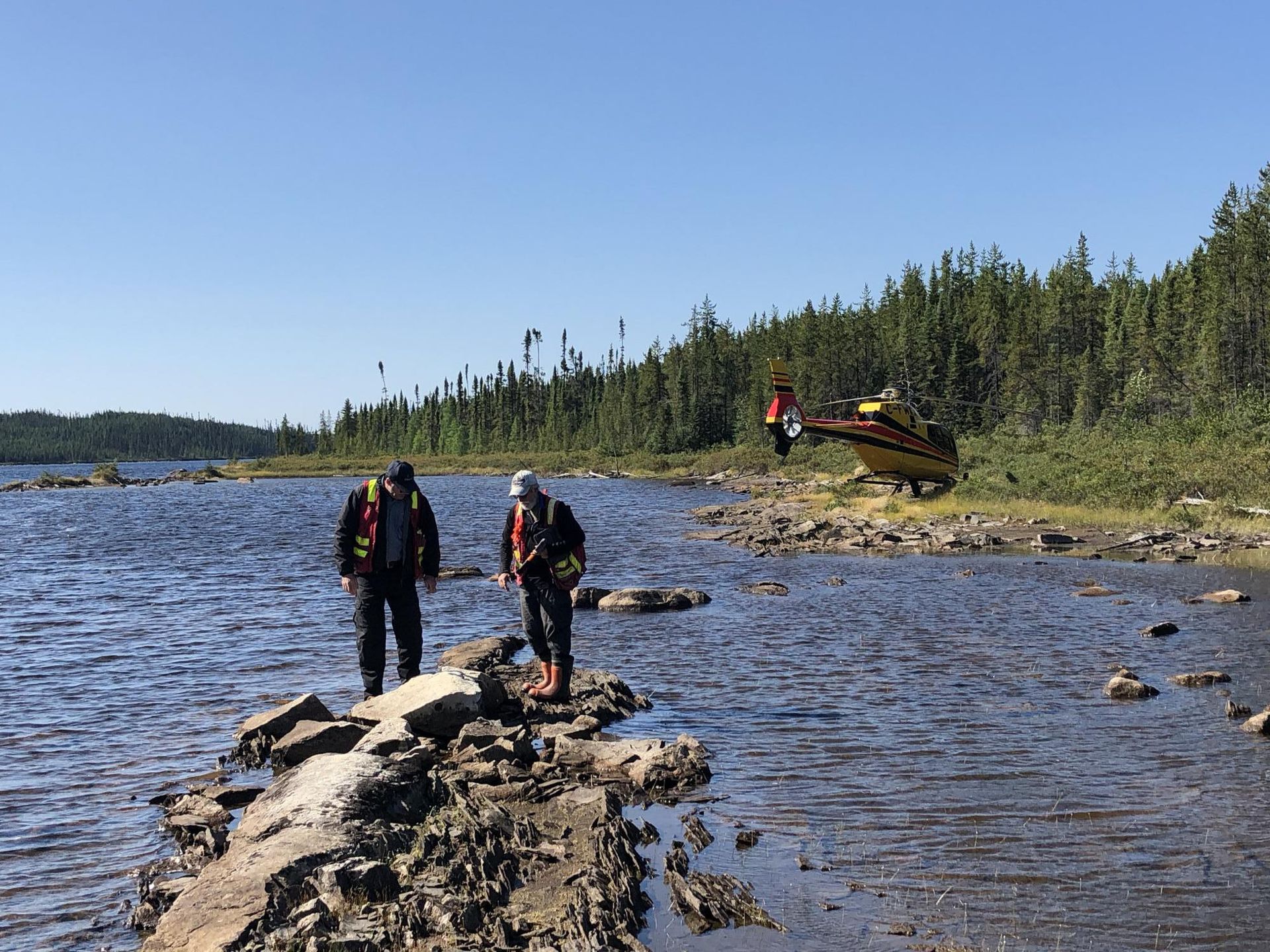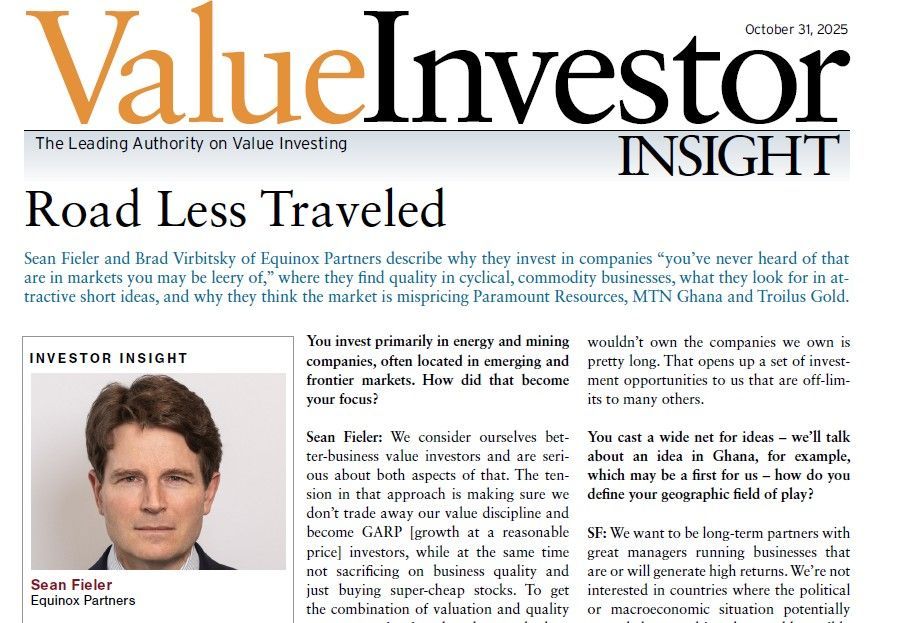Equinox Partners Precious Metals, L.P. - Q1 2016 Letter
Dear Partners and Friends,
current positions
Roxgold Inc
Led by CEO John Dorward, Roxgold is a new gold producer in Burkina Faso trading for about seven times forward cash flow. John and his team have built other mines in West Africa and are utilizing this experience to great effect at their Yaramoko project. This small, high grade mine has ramped up very quickly since its first gold pour in May 2016, with better performance than expected in terms of tonnage, grade and recoveries thus far. While we await financial results reflecting this good operational performance, we suspect that the company is already cash flow positive. Going forward, the company will allocate capital between paying down debt used to finance the construction of the project and exploring the regional land package around the mine. Exploration success would allow the company to increase production capacity with minimal incremental capital, and the initial signs here are positive.
Mandalay Resources
Led by CEO Mark Sander and Chairman Brad Mills—who together with their partners own almost 10% of the company—Mandalay trades for about five times cash flow. Mandalay pursues one of the most unique business models we have encountered in the mining space. Operational experts, they look for mismanaged assets that they can acquire cheaply and fix. They use strict financial parameters when acquiring assets to ensure ample reward for the risk they are taking on. Mandalay currently operates three mines in Chile, Australia, and Sweden. Management’s long-term track record of operational improvements is impressive and has generated very good returns on invested capital. In addition, the company has had success in extending the lives of the mines they’ve acquired through investments in exploration. Because struggling mines tend to be short on cash, the assets Mandalay acquires often have low hanging fruit from an exploration perspective. The company’s low valuation reflects the relatively short mine lives of its assets. Exploration success, therefore, is particularly impactful with Mandalay.
Gold Road Resources
Led by CEO Ian Murray and his chief geologist Justin Osborne, Gold Road trades at about 80% of NAV at spot prices, and about $80 per ounce of gold in resources. Ian and Justin have produced one of the best gold discoveries in recent years with an intelligent approach to exploration. Gold Road owns a massive property called Yamarna in Western Australia. Realizing they did not have the resources to explore the entire land package, management brought in a partner on the southern half of the property and focused their resources on the northern half, where they made a discovery called Gruyere. Gruyere has advanced quickly from initial discovery in 2014 and the company expects to release a feasibility study on the project later this year. Under the right financing conditions the company could go into construction as soon as next year. Gruyere itself has reserves of 3.2 million ounces within a resource of 6.2 million ounces, giving it the scale sought by larger mining companies. Meanwhile, the company and its joint venture partner have been generating a host of exploration targets on the rest of the property. The size of Gruyere will support the large initial capital investment needed to operate in such a remote location, substantially lowering the hurdle for new discoveries on the rest of the property. Ideally, further exploration success will help keep investor interest during the construction period, or entice an acquirer to come forward.
Torex Gold Resources
Led by CEO Fred Stanford, an experienced operator who spent most of his career in Inco’s Sudbury operations, and Chairman Terry MacGibbon, a serial entrepreneur from Vancouver, Torex operates the Morelos project in Guerrero, Mexico and trades for about eight times cash flow. Fred and Terry bought the asset from a larger company after difficulties with the local communities halted work on the property. Since then, they have been deliberate about cultivating good relationships in the community and with state and federal level officials. The value of this approach was demonstrated by the swift and peaceful resolution of a recent blockade by a few local families. The mine itself is among the largest gold projects to start up in the last few years and will produce nearly 300 thousand ounces annually over its life. Longer term, management has ambitious plans to bring on a second deposit they have found. Located underground and across a river, the project presents major engineering challenges, but could potentially double the reserves of the company.
Dundee Precious Metals
Run by CEO Rick Howes and Chairman Johnathan Goodman, Dundee trades for five times current cash flow, which could drop to as low as two times with growth over the next few years. Dundee has been a long term holding for the firm and, admittedly, something of a problem child, but we have known Johnathan for a long time and believe he will take the right steps to realize value. Dundee owns the Chelopech mine in Bulgaria. Chelopech was purchased cheaply in a privatization and Dundee has done a good job modernizing the infrastructure and culture of the mine. However, Chelopech produces a copper-gold concentrate that is high in arsenic, and few smelters will treat it. When initial plans to build a treatment facility in Bulgaria fell through, the company was forced to buy a smelter in Namibia that was nearly bankrupt. In the ensuing five years, the company spent massively to modernize the smelter and clean up inherited environmental issues. However, we believe that the market has fundamentally misunderstood that the period of heavy investment is over. Going forward, Dundee will continue to operate Chelopech and the smelter should start to generate positive cash flow. Their Krumovgrad project, also in Bulgaria, is a high-return opportunity that will meaningfully increase gold production. Encouragingly, the company has sold off its troublesome operation in Armenia, a sign of a more disciplined approach to capital allocation going forward.
Bear Creek Mining
Bear Creek owns the Corani project in Peru, one of the largest undeveloped silver deposits in the world, valued at just $1 per ounce of reserves. The CEO, Andy Swarthout, is a geologist who lives in Peru and discovered the deposit. Supported by a strong, experienced board, Andy has shepherded the company’s capital structure extremely effectively through the difficulties brought on by both politics in Peru and the bear market in silver. Bear Creek owns a second asset, Santa Ana, which was meant to be their first mine, but they ran into problems with the local community during an election year, and the government stripped their license to operate the project. Having failed to come to a negotiated resolution, the company is pursuing arbitration, with a judgment likely sometime next year. Meanwhile, the company has advanced Corani through engineering and permitting. Located in rural Peru and at high elevation, Corani probably needs silver prices higher than $20 to justify development, but the scarcity value of a silver asset of this scale cannot be understated. We expect that a larger silver company will pay a hefty premium to buy Corani in a better silver price environment. In the meantime, management pushes the project towards being “shovel ready”. A favorable arbitration ruling on Santa Ana could reduce the capital needed to fund Corani and lower dilution to existing equity holders.
Beadell Resources
Led by Simon Jackson, who was a key member of management at Red Back Mining—one of our most successful mining investments in the last cycle—Beadell is a turnaround story in Brazil that trades for about six times cash flow. Simon and his team came in late last year after previous management proved incapable of operating the Tucano mine properly. Simon quickly executed a capital raise to reduce debt levels and made a number of operational changes at site to improve production and lower costs. With some benefit from the lower Brazilian Real and higher gold prices, the mine is now generating cash, which is being deployed back into exploration. The land package has been historically underexplored and this represents the greatest opportunity for Beadell. Already the early results suggest that mineralization continues laterally and at depth from the current open pit reserves. Further down the line, we believe Simon will use Beadell as a vehicle to build a multi-asset company as he did at Red Back.
Fortuna Silver
Fortuna is a silver and gold producer operating in Mexico and Peru. The management team, led by CEO Jorge Ganoza and his brother CFO Luis Ganoza, are based in Lima, Peru, and focus on acquiring and running assets to generate profits, which sounds simple but is in fact all too rare in this industry. Fortuna trades for about eight times cash flow. The San Jose mine in Mexico is the flagship asset, and Fortuna recently completed an expansion project to increase production and capitalize on the growth in the resource generated by exploration success along the trend of the ore body. San Jose is a low-cost, long-lived mine with further exploration upside. It’s progression over the years is indicative of Fortuna’s approach to the mining business. They acquired San Jose cheaply and have built its value through good operational execution and exploration success: throughput capacity is now three times higher than when they opened the mine. Recently, Fortuna acquired a development project in Argentina that offers them the opportunity to replicate the success they have had at San Jose.
Premier Gold Mines
Led by CEO Ewan Downie, Premier has been one of the savviest companies at making deals over the course of the cycle and owns a portfolio of development and exploration properties in Canada and the United States. For instance, they divested a royalty portfolio when multiples for those assets expanded dramatically and purchased an advanced development asset, South Arturo, from Goldcorp when the company needed to raise cash to shore up its balance sheet. Today Premier has near term production coming from South Arturo, a longer-term development asset called Hardrock, and a pipeline of exploration properties. We like Premier’s approach of having multiple irons in the fire, and allocating capital based on where it can get the highest expected returns. For a company this size to have joint ventures or other partnerships with Barrick, Goldcorp, and Newmont (all among the largest producers in the industry) speaks to Ewan’s ability to find and execute deals. Premier trades at a slight discount to our sum of the parts valuation, so we have access to management’s acumen for free.
MAG Silver
MAG Silver is lead by CEO George Paspalas and a strong board of credible industry veterans. The major asset is the Juanicipio joint venture and we estimate that MAG trades at about nine times cash flow expected when Juanicipio reaches full production. MAG has been a long-term holding for the firm due to the unrivaled quality of Juanicipio. The joint venture is advancing the asset, driving a tunnel to access the ore body, and completing engineering work on surface infrastructure. We expect them to opt for a larger plant than the market is currently considering, on the basis of the exploration success at depth last year. Unfortunately, due to permitting delays, follow up to this success has been slow, but we anticipate the next round of drill results in the next few weeks. These results should give a better sense of the size potential of Juanicipio, and could lead to material upgrades of estimates of the company’s cash flow and NPV.
Tahoe Resources
CEO Kevin Macarthur created Tahoe as a vehicle to replicate the success he generated at Glamis Gold. Trading for ten times cash flow today, Tahoe started as a single-development asset in Guatemala that was spun out from Goldcorp, which wanted to lower its exposure to the country. In the six years since, Tahoe has built the Escobal mine, one of the largest and highest-grade silver mines globally, and acquired two companies with operating and development assets in Peru and Canada. Now a multi-asset producer, we believe that its high-quality asset base and disciplined growth strategy set Tahoe apart from other intermediate producers.
Endeavour Mining
Endeavour is run by CEO Sebastien de Montessus with key support on the board from Naguib Suwiris, and trades for about six times cash flow. Endeavour has engineered a massive turn around in the last eighteen months that has completely transformed itself. Built by merging together several assets in West Africa during the last cycle, Endeavour entered the downturn with high levels of debt and margins that evaporated quickly in a falling gold price environment. The company rolled up its sleeves, cutting costs to restore profitability. Having achieved this breathing room, management engaged in a series of transactions that have substantially improved the company’s portfolio. They acquired the La Mancha Resources which also brought a strategic partnership with the Egyptian billionaire, Suwiris, the major owner of La Mancha, who in turn became a core shareholder of Endeavour and joined the board. He also brought his trusted managers, including Sebastien, who are French nationals with careers at the uranium miner Areva. In French-speaking West Africa, this is a major asset that Endeavour previously lacked. Since then, the company has divested and purchased assets and, taking advantage of a rising share price, raised fresh equity to reduce debt. Today the company has a high-quality portfolio of mines in Ivory Coast, Ghana, and Burkina Faso, as well as several development-stage opportunities which represent attractive investments going forward.
Altius Minerals
The only company in the portfolio currently that is not primarily exposed to gold or silver, we own Altius for its attractive portfolio of royalties and for the skill of its management team led by CEO Brian Dalton. Altius trades for about twelve times cash flow from its royalty portfolio. Brian is one of the most creative and ambitious thinkers we have encountered in the industry, and he has a simple goal: to prove that mineral exploration can be a good investment through all parts of the cycle. He runs his business with a mentality that is familiar to us as value investors, trying to buy assets during downturns and then selling down his portfolio in the boom times. Outside of the royalty portfolio, Altius focuses on early stage, grass roots exploration. The company stakes large tracts of land and seeks partners to spend the high-risk capital needed to test for mineral deposits. This model reduces Altius’ risk, allowing the company to accumulate many lottery tickets cheaply. And, if their partners hit, Altius stands to gain substantially. It’s a smart model but requires patience and discipline; Altius has a twenty year track record demonstrating both.
Orezone
Orezone owns the Bombore project in Burkina Faso. Run by Ron Little, who has more than twenty years experience operating in the country, Orezone is poised to be one of the better development stories in the next gold cycle. Orezone trades for about 80% of our estimated NAV and two times cash flow when in production. The company has an innovative plant design that will allow them to put a heap leach mine into production for relatively low upfront capital, and then use the cash flow from this operation to build a larger facility to process the rest of the ore at the project. When fully ramped up, Bombore has the scale to appeal to larger mining companies and could be an attractive acquisition target.
Goldquest Mining
Led by Chairman Bill Fisher and President Julio Espaillat, Goldquest is another of our development stage holdings and trades for about 80% of our estimated NAV. The company’s Romero project is located in the western part of the Dominican Republic. Romero hosts a high-grade copper/gold deposit that the company is advancing towards feasibility stage. We think the economics on the existing ore body justify development, but the company also boasts a substantial land package that they will start to drill this summer, testing for similar structures. Management has permitted and built mines in the country previously and is well placed to permit Romero, which is an important factor since they need to prove that the mine won’t interfere with local water sources.
Aurico Metals
Aurico is run by young CEO Chris Ricther and is a hybrid company, holding both a royalty portfolio as well as a major development asset called Kemess Underground. Trading for twelve times royalty cash flow, Kemess has little more than option valuie in the stock price currently. We expect that in due time the company will sell or spin off the royalties in order to highlight the value at Kemess. They are aiming to secure permits for development of the project before taking this step. While not the highest-grade project out there, Kemess benefits from extensive existing infrastructure that remains from an earlier open pit operation at the site, which lowers the capital needed to bring the underground into production.
positions sold
Dalradian
We sold Dalradian after a thorough review of the technical report issued on its most recent resource update. Dalradian owns the Curraghinalt deposit in Northern Ireland. A series of high-grade, narrow veins, the deposit will be, in our view, difficult to mine without substantial dilution of grade. The company has indicated that they are still reviewing options for how to mine the deposit, ahead of releasing a feasibility study later this year. We think it is too risky to own the company without the benefit of the feasibility study demonstrating what the economics look like. We will reconsider the investment when this information is released.
Kaminak
Kaminak serves as a useful validation of our thesis that high-quality development projects will be in high demand, as the company was acquired by Goldcorp shortly after we began building a position. With no rival bids likely to emerge, we sold our position prior to the deal closing and redeployed the proceeds.
Sincerely,
Sean Fieler
